Customs Data Hub and ‘Trust & Check’ Operators: A Strategic Challenge for Italy’s Tax System

Summary
The EU's 2025 customs reform introduces the Customs Data Hub and ‘Trust & Check’ operators to modernize the European customs system, aiming to combat customs and tax evasion through digital tools and enhanced oversight.
For Italy, this reform presents opportunities to strengthen import VAT collection, level the playing field for traders, expand inspection powers, and improve risk analysis capabilities by integrating data from various systems.
A critical challenge for Italy will be ensuring the inclusiveness of the 'Trust & Check' regime for small and medium-sized enterprises (SMEs) by providing support policies and incentives to help them meet compliance thresholds.
🎧 Prefer to Listen?
Get the audio version of this article and stay informed without reading - perfect for multitasking or learning on the go.
Introduction
On 27 June 2025, the Council of the European Union reached an agreement on the new structure of the Union Customs Code, paving the way for a structural reform of the European customs system. The objective is clear: to provide the Union with the digital tools necessary to address the increasing complexity of global trade, while strengthening its ability to prevent and combat customs and tax evasion.
Key changes include the establishment of the Customs Data Hub and the introduction of ‘Trust & Check’ operators. This article analyses the tax and operational implications for Italy, focusing on the assessment methods used by the Revenue Agency and its inspection powers in collaboration with the Customs Agency. In light of internal regulatory references, a picture emerges that, even in the absence of physical verification, strengthens the oversight of the financial administration thanks to the interconnection of databases and the ex ante digital traceability of transactions.
Background and Legal Framework
The European Commission’s proposal to revise the Union Customs Code (UCC), which was first presented in May 2023 and politically endorsed in June 2025, is an institutional response to the evolving digital economy and global logistics landscape. Under the new system, all data relating to goods, operators and transactions must be submitted in advance to the Customs Data Hub, which is a compulsory digital archive for all imports. Alongside this, the EU will introduce the concept of a certified and highly reliable customs operator: the ‘Trust & Check Trader’.
This transformation also requires Member States to reconsider their role, integrating their fiscal policies with these digital dynamics. The reform directly affects tax assessment, collection, sanctions and administrative cooperation.
At the national level, the legal basis for indirect taxation can be found in Presidential Decree No. 633/1972 (the VAT Consolidated Law), particularly in article 69 on import VAT, as well as in Legislative Decree No. 374/1990, which governs customs competencies. Sanctions are addressed by Legislative Decree No. 471/1997, which identifies relevant violations for VAT and customs duties.
Data stored in the Customs Data Hub may be used by the Italian tax authorities for fiscal audit activities under article 51 of the VAT Law and article 32 of Presidential Decree No. 600/1973 on direct taxation, as well as for customs purposes. This extends investigatory powers to foreign operators trading within Italy too, in line with article 83 of Legislative Decree No. 546/1992 on international administrative cooperation.
The EU Customs Reform
The reform proposed in 2023 seeks to modernize the European customs framework to meet challenges arising from globalization, digitalization, and economic security. The agreement of of the Council of the EU of 27 June 2025 authorized inter-institutional negotiations with the European Parliament, marking a decisive step toward a more secure and efficient customs model.
The reform addresses key challenges such as the exponential growth of trade volumes (especially e-commerce), the increasing regulatory burden at the EU’s external borders, and the need for a coordinated response to geopolitical instability and economic crises.
The position of the Council of the EU revolves around four operational pillars:
a) Creation of a European Customs Authority, a decentralized agency supporting national authorities in risk management and intelligence sharing.
b) Establishment of the Customs Data Hub, a centralized digital platform serving as the single interface between economic operators and customs authorities, ensuring data integrity, traceability, and real-time control.
c) Introduction of ‘Trust & Check’ traders, high-reliability operators who benefit from simplified procedures and accelerated customs clearance in exchange for proven compliance.
d) Reform of e-commerce customs treatment, assigning direct responsibility to online platforms and harmonizing rules for low-value goods to prevent fraud and regulatory fragmentation.
Ultimately, the reform aims to enhance economic security, protect the internal market, improve the collection of customs duties and import VAT, and balance effective controls with administrative simplification. It is part of a broader EU strategy for integrated border governance, where digitalization, data analytics, and multilevel cooperation form the cornerstones of the new customs paradigm.
‘Trust & Check’ Operators: Compliance and Benefits
The ‘Trust & Check’ regime introduces a new classification of economic operators based on fiscal, customs and managerial reliability. Representing an evolution of the existing Authorised Economic Operator (AEO) status, it moves beyond one-time certification towards a dynamic system of continuous assessment.
Therefore, those seeking ‘Trust & Check’ status must undergo multidisciplinary audits, maintain electronic traceability of operations through integrated systems such as ERP software and e-invoicing, and have no record of serious tax or customs violations in the previous five years. They must also certify their internal procedures concerning logistics, documentation, risk management and payment transparency.
Italy will need to adopt legislative measures recognising ‘Trust & Check’ equivalence with AEO status as set out in article 14-quater of the UCC, as implemented by the Customs and Monopolies Agency. Additionally, article 27-bis of the Italian VAT Law could be used to link ‘Trust & Check’ certification with simplified VAT regimes, such as exemption from guarantees for VAT refunds exceeding EUR 30,000, or eligibility for cooperative compliance programmes.
Operationally, ‘Trust & Check’ operators will benefit from priority customs channels, centralised clearance, reduced guarantees, fewer inspections, direct access to the Customs Data Hub and pre-validated transactions. These privileges align with the principles set out in the Italian Taxpayer’s Bill of Rights (Law No. 212/2000).
Nevertheless, obtaining and maintaining this status incurs significant costs. Businesses must invest in compliance systems, staff training, internal audits and technological infrastructure, and accept greater transparency and accountability towards European authorities. If managed properly, however, ‘Trust & Check’ status could become a valuable asset in terms of reputation and competitiveness, particularly in international trade and high-value sectors.
Implications for Italy’s tax administration
The EU customs reform marks a shift from traditional ex post control, which is often inefficient and disconnected from real-time commerce, to a predictive and preventive model based on algorithmic analysis, data integration and operator accountability.
For Italy, the reform promises significant fiscal and strategic advantages:
a) Structural strengthening of import VAT collection, which has historically been a weak point in Italian revenue, particularly in high-risk and e-commerce sectors.
b) A more level playing field between EU and non-EU traders, thanks to the enhanced transparency and accountability of digital platforms.
c) Expanded inspection powers for fiscal and customs authorities, without placing additional burdens on compliant taxpayers. This will encourage voluntary compliance through simplified regimes and cooperative frameworks.
d) Improve risk analysis capabilities by integrating data from multiple systems, including the Customs Data Hub, the electronic invoicing network (know as SDI), the AIDA system for customs and excise, the VIES database and the national tax registry.
However, these benefits will only materialise if Italy implements the reform coherently, with clear, technically sound implementing rules harmonised across VAT, customs and sanctions frameworks. Coordination between the Revenue Agency, the Customs Agency and the Financial Police will be crucial to avoid overlaps or conflicts of competence.
Equally important will be investment in data interoperability to bridge the current gaps between electronic registers and ensure that data is usable automatically by all relevant entities, including local and anti-fraud authorities. A selective, proportionate approach to data-driven controls will be necessary to avoid excessive bureaucratic pressure resulting from an abundance of information.
SMEs and the Inclusiveness Challenge
One critical issue for Italy is the ability of small and medium-sized enterprises (SMEs) to access the 'Trust & Check' regime. If these requirements are too demanding, many SMEs, who are the most vulnerable to foreign competition, risk being excluded from the simplified compliance framework.
In order to prevent this, Italy must design support policies, such as digitalisation incentives, training programmes and accessible guidelines, to help smaller businesses meet compliance thresholds. The success of the reform will depend not only on advanced systems, but also on ensuring equitable participation across the business spectrum.
Conclusions and Outlook
The EU’s 2025 customs reform is about more than technical modernisation: it marks a political and cultural turning point in the Union’s approach to tax and customs governance. It reflects a shift towards ‘controlled trust’, preventive digitalisation and a more transparent relationship between the authorities and taxpayers.
If implemented effectively, the reform could boost fiscal efficiency in Italy, improving revenue recovery, promoting fair competition, and reducing the tax gap in the long term. However, success will require avoiding bureaucratic excess, ensuring proportionality in the use of digital tools, and aligning innovation with the principles of substantive legality and taxpayer protection.
Ultimately, the challenge will be to ensure that the Customs Data Hub and the new procedures are not merely instruments of control, but rather the foundation of a transparent, sustainable and growth-oriented tax administration capable of fostering trust, compliance and competitiveness within the European economic space.
-pcq6wpbnhf.webp)
Featured Insights

Angola’s E-Invoicing Mandate: Phased Implementation Continues Into 2026
🕝 December 10, 2025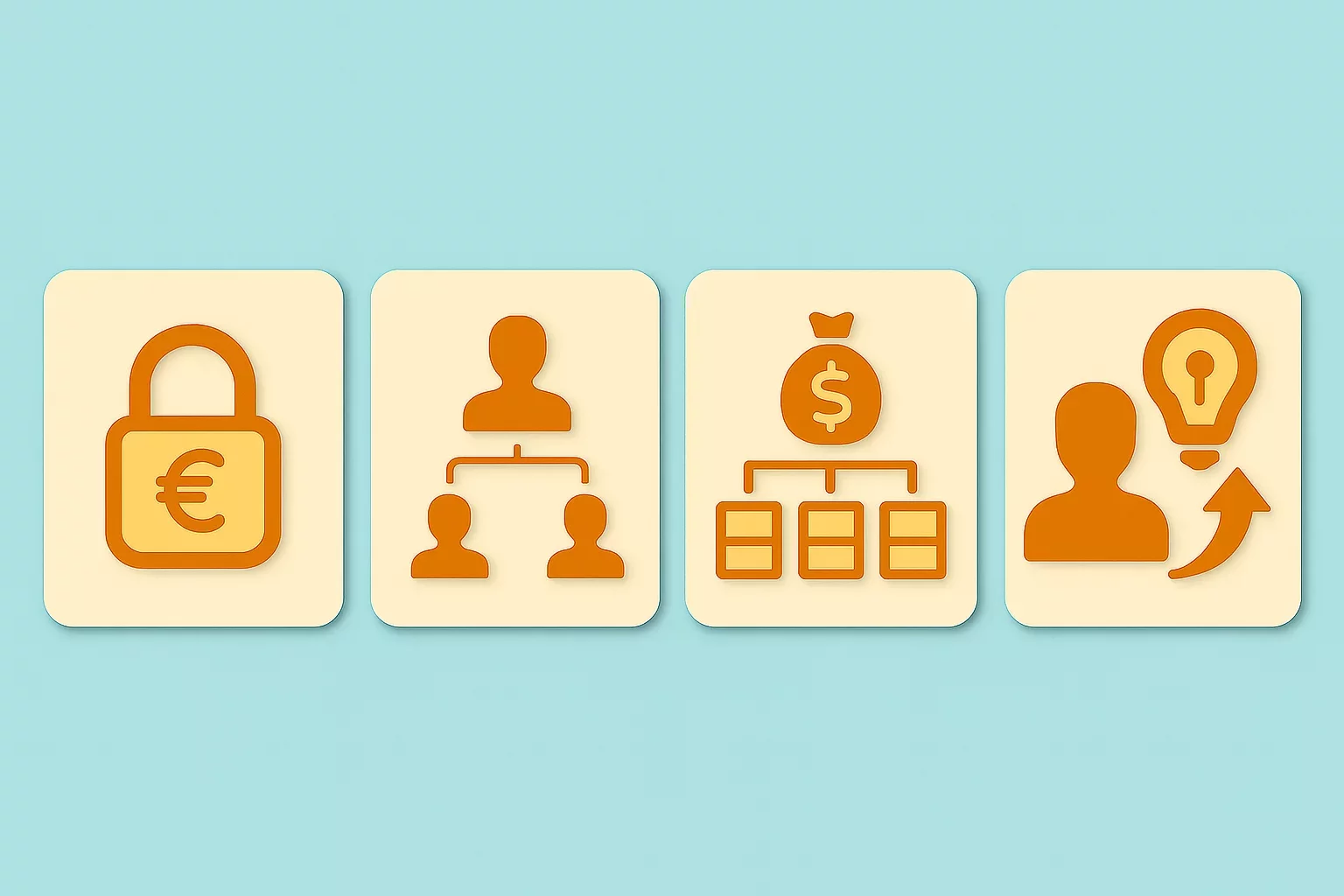
VAT Deduction and Business Succession: When Do Advisory Costs Serve the Company’s Interest?
🕝 December 8, 2025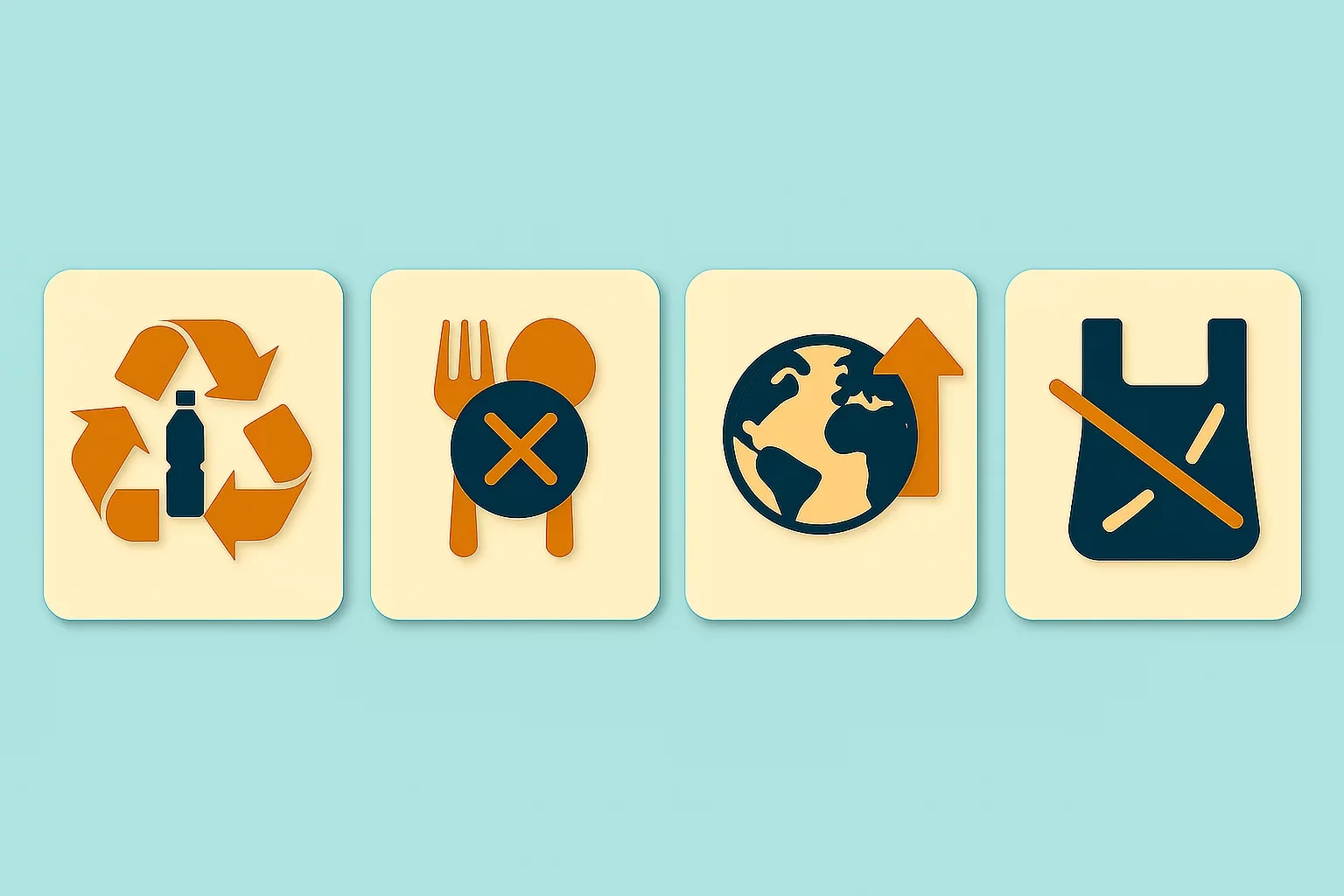
Europe’s Plastic Fiscal Shift: Why Italy’s Plastic Tax Now Starts in 2027
🕝 December 3, 2025
The Decline of Low-Value Import Exemptions: Closing Gaps in Cross-Border E-Commerce
🕝 November 20, 2025More News from Italy
Get real-time updates and developments from around the world, keeping you informed and prepared.
-e9lcpxl5nq.webp)

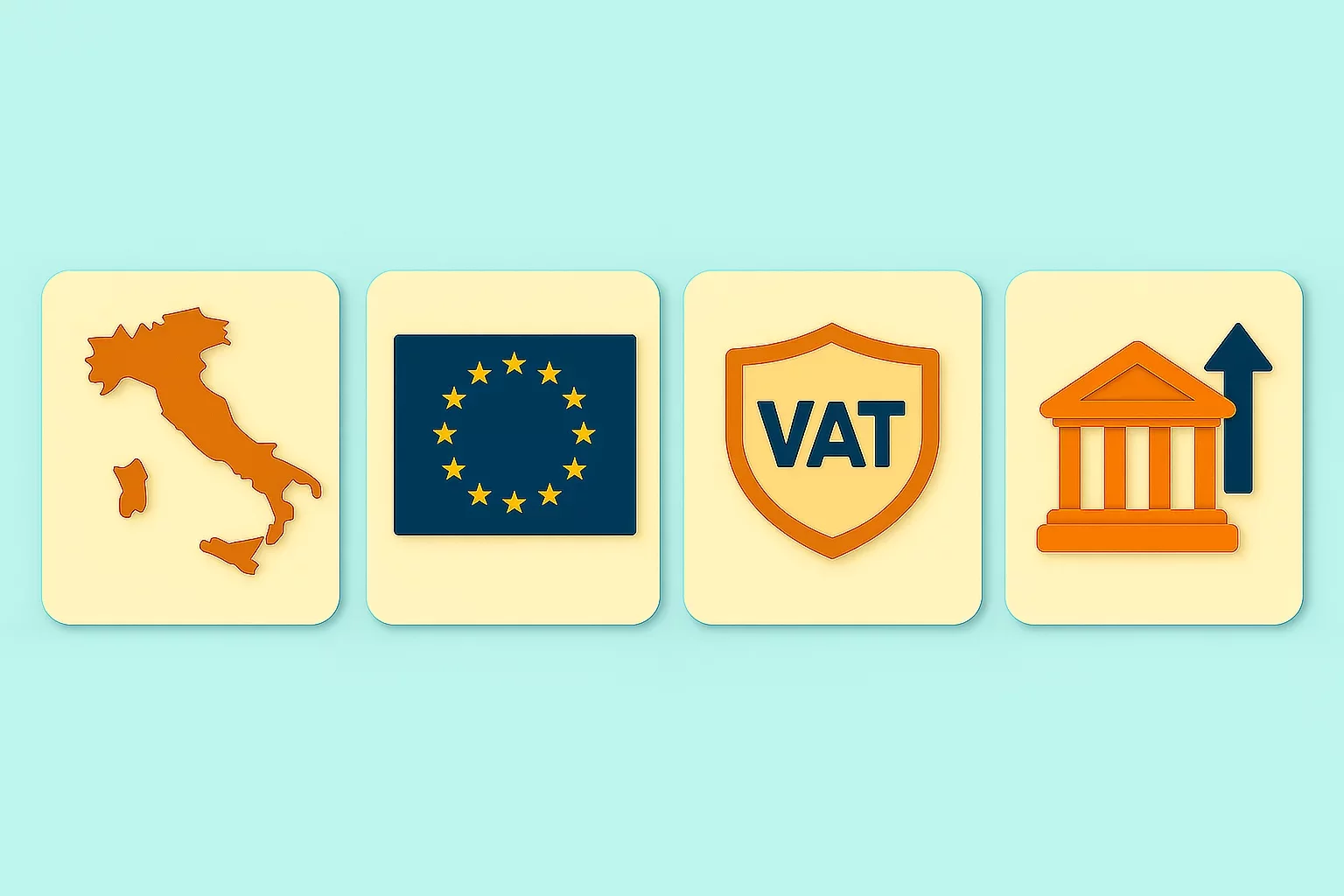

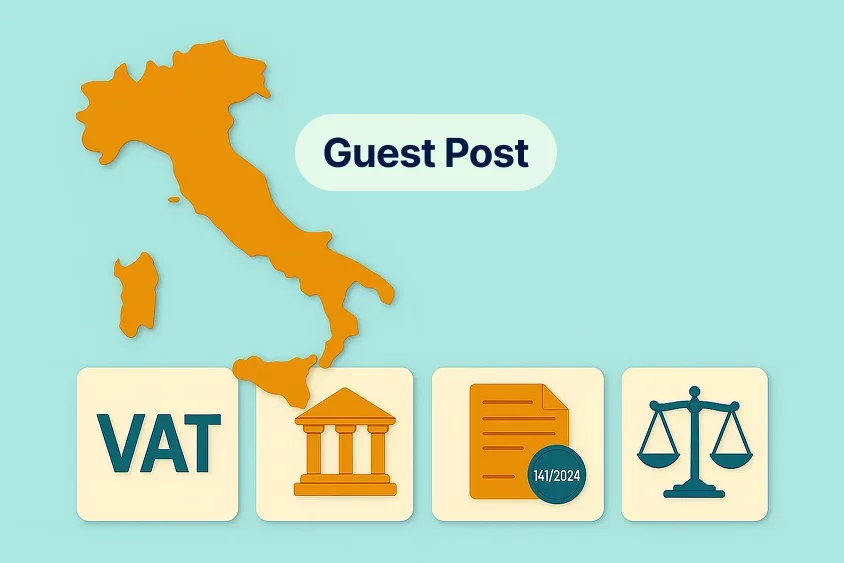
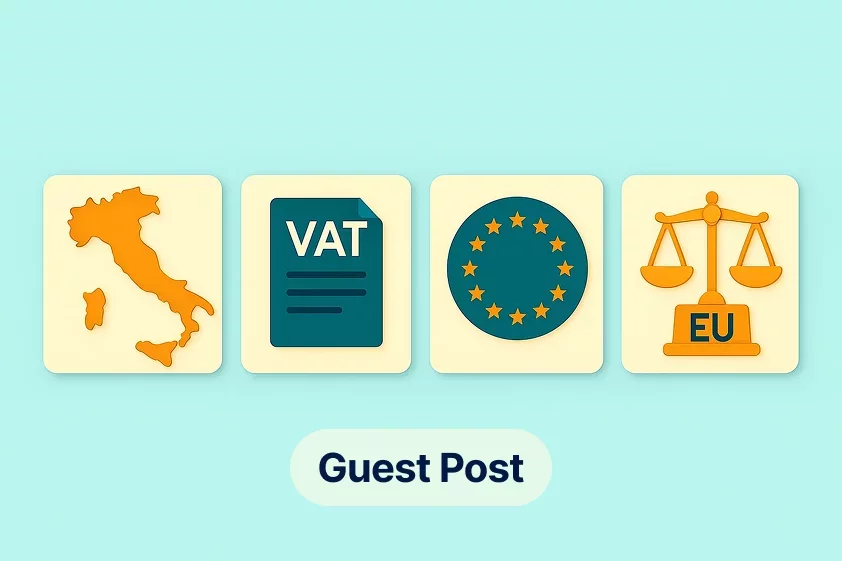
-7xsxxoypnx.webp)
-o7f4ogsy06.webp)
-9mc55kqwtx.webp)
-jrdryw2eil.webp)
-t9qr49xs2u.webp)

-zetvivc79v.png)
-qizq6w2v5z.png)

-k1j4au0ph6.webp)
-ig9tutqopw.webp)







